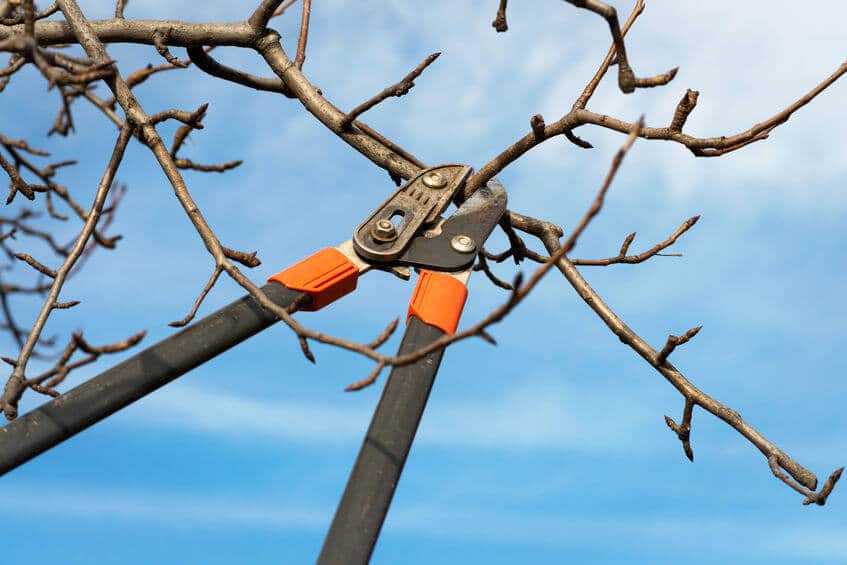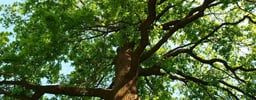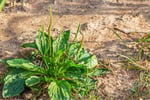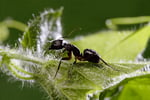With over 75 years of industry experience, the Senske Promise guarantees our job is done only when you’re satisfied with results. Call (877) 944-4007 or click to request an estimate online for FREE!

Bermuda Grass
Residential Lawn, Tree, & Pest Control
Some descriptive text here?
Pest Control Program
starting at $93/treatmentFull Service Year Round
*Prices vary by location and property sizes
Lawn Care Program
starting at $52/treatmentComprehensive Treatment
*Prices vary by location and property sizes
Pest Control Program
Starting at $93/treatmentYear Round Protection
Per Treatment for Spraying**
Prices vary by location and property sizes
DENVER LAWN CARE
Senske offers Revive®, a uniquely organic lawn fertilization treatment in Denver, CO. This specialty fertilizer and soil treatment is specially formulated for East Denver lawns.
DENVER PEST CONTROL
Our certified pest control technicians expertly identify pest problems unique to Denver and safely rid your home and property of them. We'll even keep them from returning.
DENVER TREE SERVICE
Our ISA certified arborists know the specific needs of trees and shrubs in Denver, CO. Let Senske protect your property investment and care for your trees.

DENVER LAWN CARE
Senske offers Revive®, a uniquely organic lawn fertilization treatment in Denver, CO. This specialty fertilizer and soil treatment is specially formulated for East Denver lawns.
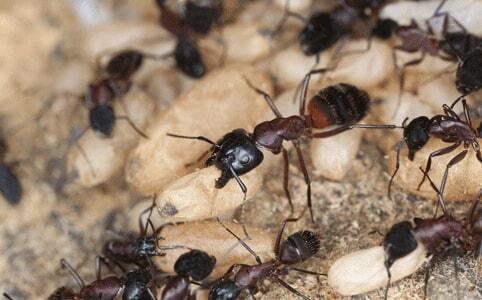
DENVER PEST CONTROL
Our certified pest control technicians expertly identify pest problems unique to Denver and safely rid your home and property of them. We'll even keep them from returning.
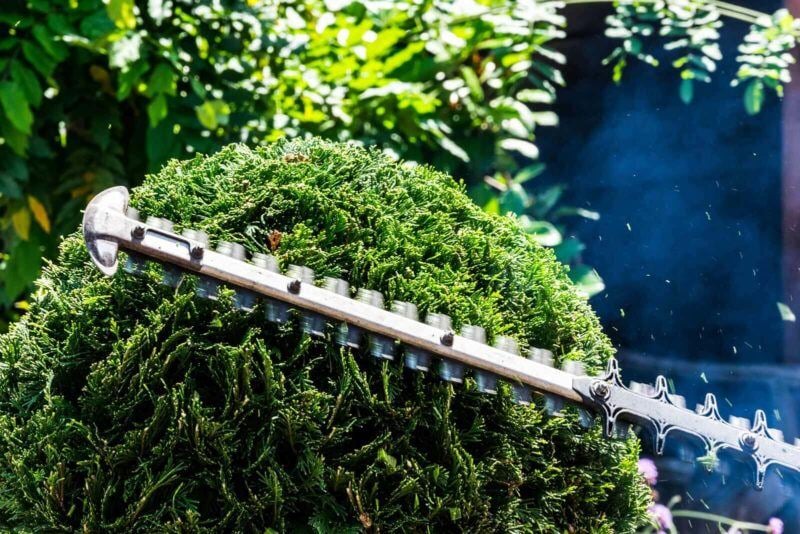
DENVER TREE SERVICE
Our ISA certified arborists know the specific needs of trees and shrubs in Denver, CO. Let Senske protect your property investment and care for your trees.
Identifying the Most Common Lawn Weeds
Guarding against common lawn weeds is one the most effective ways to maintain a healthy and beautiful lawn.
Whether you are dealing with common annual or perennial weeds, these unwanted plants compete for resources and nutrients meant for your lawn and have the potential to grow rapidly. A single dandelion has the ability to produce up to 15,000 seeds that can quickly take root.
When weeds start to appear in your lawn, it is recommended to take action promptly by hand weeding young weeds before they have a chance to seed or develop deep roots. This can effectively prevent their spread. One of the first steps in preventing and combating a week outbreak is to identify what common weed variety. And while there are literally hundreds, if not thousands, of weed species, most of the weeds you will encounter are one of the everyday varieties that pop up year after year in our lawns.
- Weed Categories
- Morning Glory
- Crabgrass
- Bentgrass
- Thistle
- Black Medic
- Spurge
- White Clover
- Chickweed
- Plantain Grass
- Dandelions
Weeds come in all shapes and sizes but they all fall into one of two categories:
- Annual weeds. These are weeds that sprout, flower and die in a single season. They reproduce by producing seeds which can spread if not removed or treated properly. Some of the most common annual lawn weeds are dandelions, crabgrass, clover, henbit, foxtail, and spurge.
- Perennial weeds. These plants are a major problem for lawns and gardens due to their ability to come back year after year. Identifying perennial weeds is the first step in controlling their spread and keeping them from taking over your lawn. Some common types of perennial weeds include dandelion, clover, bindweed, thistle, wild onion, chickweed, and quackgrass.
Morning Glory
 Morning glory is a vine growing plant that can have blooms of various colors. As beautiful as these vines look, they are extremely difficult to remove because of their deep root system. Trying to eliminate them by pulling them out of the soil will not work. The roots will still continue to grow underneath the soil and sprout up again and again. Morning glory prefers a temperate and moisturized habitat, which is why they flourish in western climate. This plant is acknowledged as an invasive weed because of its deep root system, which out-competes and smothers other plants.
Morning glory is a vine growing plant that can have blooms of various colors. As beautiful as these vines look, they are extremely difficult to remove because of their deep root system. Trying to eliminate them by pulling them out of the soil will not work. The roots will still continue to grow underneath the soil and sprout up again and again. Morning glory prefers a temperate and moisturized habitat, which is why they flourish in western climate. This plant is acknowledged as an invasive weed because of its deep root system, which out-competes and smothers other plants.
How to Identify Morning Glory
• Large heart-shaped leaves with various colors of flowers.
• Tendrils that can easily wrap around other plants and structures.
• Long, thick roots that are difficult to remove from the ground.
Crabgrass
 Crabgrass, also known as finger grass, is an extremely common weed. There are two main types in North America: hairy crabgrass and smooth crabgrass. Crabgrass grows well in warm regions where the soil lacks nutrients and proper water drainage. Because crabgrass grows better in thinning or shortly-cut grass, lawn maintenance methods can be taken to prevent crabgrass, such as mowing your lawn higher than 2.5 inches.
Crabgrass, also known as finger grass, is an extremely common weed. There are two main types in North America: hairy crabgrass and smooth crabgrass. Crabgrass grows well in warm regions where the soil lacks nutrients and proper water drainage. Because crabgrass grows better in thinning or shortly-cut grass, lawn maintenance methods can be taken to prevent crabgrass, such as mowing your lawn higher than 2.5 inches.
How to Identify Crabgrass
• Low-growing, spreading grass with firm stems.
• Leaves are green to grayish-green in color and have a rough texture.
• Blades are narrow and pointed at the tips.
Bentgrass
 Bentgrass looks similar to lawn grass and is used as the primary grass on golf courses and some yards. It is a troublesome weed to eliminate if it invades your yard because it is easily disguised. It can be hard to identify and hard to eliminate because it looks like grass. It can grow without notice and takeover your yard slowly and effectively. It is extremely invasive. If you find bentgrass in your yard, call a professional weed-control and lawn service company to remove it immediately.
Bentgrass looks similar to lawn grass and is used as the primary grass on golf courses and some yards. It is a troublesome weed to eliminate if it invades your yard because it is easily disguised. It can be hard to identify and hard to eliminate because it looks like grass. It can grow without notice and takeover your yard slowly and effectively. It is extremely invasive. If you find bentgrass in your yard, call a professional weed-control and lawn service company to remove it immediately.
How to Identify Invasive Bentgrass
Bentgrass is an invasive weed that looks like lawn grass and can be difficult to identify. The blades of bentgrass are narrow and pointed at the tips, while the leaves are typically a light green or grayish-green color with a rough texture. It tends to grow low to the ground in spreading patches, and its stems are firm
Thistle
 Thistle is easily identifiable by its prickles. It’s not a fun weed to have in your yard, especially if you have children playing barefoot in the lawn. Although thistles don’t pose a life-threatening threat, their sting can be extremely painful. Thistle typically appears in late summer.
Thistle is easily identifiable by its prickles. It’s not a fun weed to have in your yard, especially if you have children playing barefoot in the lawn. Although thistles don’t pose a life-threatening threat, their sting can be extremely painful. Thistle typically appears in late summer.
How to Identify Thistle
• Has sharp prickles on its stem and leaves.
• Leaves are deeply lobed and toothed, with a white waxy coating.
• Purple-pink flowers appear at the top of the plant.
Black Medic
 Medicago Lupulina, often referred to as Black Medic, is a common but invasive weed in North America. Like many other prostrate plants that grow low to the ground, Black Medic can survive in harsh climates due to a large taproot that grows deeper than most grasses.
Medicago Lupulina, often referred to as Black Medic, is a common but invasive weed in North America. Like many other prostrate plants that grow low to the ground, Black Medic can survive in harsh climates due to a large taproot that grows deeper than most grasses.
How to Identify Black Medic
• A low, ground-hugging weed that can grow on poor soil.
• Has a distinct yellow blossom that grows in clusters.
• Leaves are made of three leaflets with a white chevron pattern along the stems.
Spurge
 Spurge is a weed species that has become increasingly hard to control. Senske’s experienced technicians will develop a customized plan to rid your property of spurge and keep it away for good.
Spurge is a weed species that has become increasingly hard to control. Senske’s experienced technicians will develop a customized plan to rid your property of spurge and keep it away for good.
How to Identify Spurge
• The stems are green or reddish in color and have a milky sap which is toxic to animals and humans.
• Leaves are oval and arranged in pairs along the stem.
• Flowers appear in clusters at the top of the plant, and can be yellow, white, or pink in color.
White Clover

White clover is an incredibly common weed in lawns and gardens, and it’s often hard to eliminate because of its deep roots. It can be identified by its small white flowers and three-leaf shape. White clover is a broadleaf perennial weed that spreads rapidly, so it’s important to take measures to control or eliminate it promptly.
How to Identify White Clover
• Has small, white flowers and three-leaf shape.
• Leaves are thick, leathery, and have a white or yellowish V-shape with a dark mark in the middle.
• Grows low to the ground in patches with shallow roots.
Chickweed
 Chickweed is a common weed that spreads quickly and can choke out other plants. It is recognizable by its small white flowers, and it prefers moist soil with plenty of shade. Chickweed reproduces rapidly and if left unattended, it can become a problem in your lawn.
Chickweed is a common weed that spreads quickly and can choke out other plants. It is recognizable by its small white flowers, and it prefers moist soil with plenty of shade. Chickweed reproduces rapidly and if left unattended, it can become a problem in your lawn.
How to Identify Chickweed:
• Small, white, star-shaped flowers.
• Has small, oval-shaped leaves that are arranged in pairs along the stem.
• Stems are typically reddish or green in color and hairy.
Plantain Grass
 Plantain grass is a common weed that can have either a green or purple color. It looks similar to a blade of grass, but its leaves are wider and thicker. Plantain grass thrives in lawns with poor fertility or inadequate sunlight, and it grows well in compacted soil. Plantain grass has deep roots which makes it difficult to remove with hand-weeding, so it’s important to take preventive measures or call a professional for help.
Plantain grass is a common weed that can have either a green or purple color. It looks similar to a blade of grass, but its leaves are wider and thicker. Plantain grass thrives in lawns with poor fertility or inadequate sunlight, and it grows well in compacted soil. Plantain grass has deep roots which makes it difficult to remove with hand-weeding, so it’s important to take preventive measures or call a professional for help.
How to Identify Plantain Grass:
• Leaves are wide and thick, with a dark green or purple color.
• Stems are stout and upright.
• Flowers are small and white, with tiny, yellow centers.
Dandelions
 Dandelion plants are incredibly hard to get rid of; their roots can be up to six feet long! What’s more, when broken, each individual taproot can grow up to five new shoots. So ‘pulling weeds’ will not effectively eliminate dandelions. Dandelions flower during the spring and fall. Their flowers are at first bright yellow, before they turn into a ball of seeds. Dandelions are pesky weeds because of how quickly they spread, due to their lightweight seeds that travel in the wind.
Dandelion plants are incredibly hard to get rid of; their roots can be up to six feet long! What’s more, when broken, each individual taproot can grow up to five new shoots. So ‘pulling weeds’ will not effectively eliminate dandelions. Dandelions flower during the spring and fall. Their flowers are at first bright yellow, before they turn into a ball of seeds. Dandelions are pesky weeds because of how quickly they spread, due to their lightweight seeds that travel in the wind.
How to Identify Dandelions
• Bright yellow flowers that turn into white, puff-ball type seed heads.
• The leaves are deeply lobed and toothed.
• Spreads quickly due to their lightweight seeds that travel in the wind.
Call Senske Lawn Care Professionals
Weeds, Lawn & Tree Diseases, and Pests to Look Out For
Weeds Common for Denver
Senske lawn care and tree service treatments in Denver East enables a greener lawns, healthy trees and shrubs without the hassles and time commitment needed to maintain it yourself. We’ll also help remove weeds, treat lawn and tree diseases and problem areas. Senske Services has been providing residential and commercial lawn care services to communities in the Northwest since 1947.
Our Denver East and surrounding communities lawn care services reflect our commitment to quality in all aspects of lawn maintenance. Learn more about Denver East weed and lawn diseases we solve:

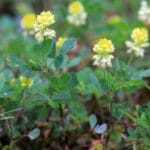
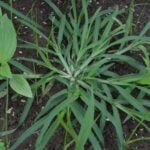
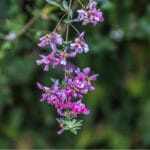






Find Out About Other Weeds, Lawn & Tree Diseases, and Pests to Look Out For

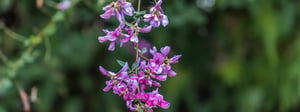
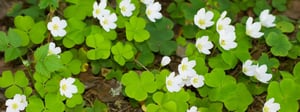
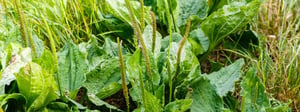
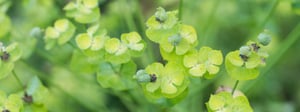
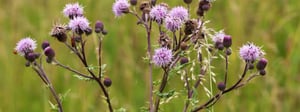

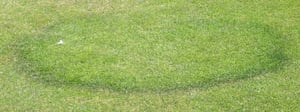
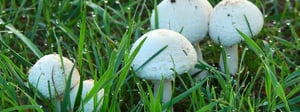
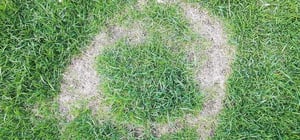
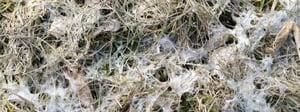


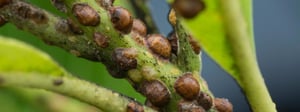
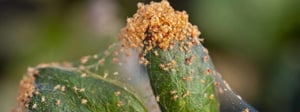
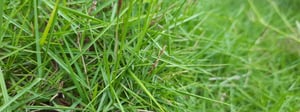

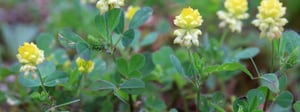
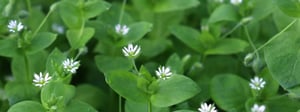

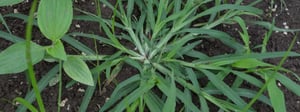
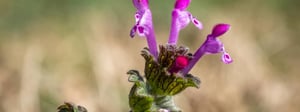

How can we help you?
No annual contracts & 100% guaranteed results.
Get a Free Estimate Today
Make your yard the greenest on the block and enjoy a home free from pests, all delivered by courteous, & professional techs.Great service!
Jason did a nice job on our Christmas lights. The crew arrived on schedule and accommodated my special requests. They even wired up a few of my yard decorations without my asking them. Thank you!
Very Professional!
“Max calls ahead, comes early in the day, and answers all my questions. He’s very professional!"Extremely Pleased!
“I have been extremely pleased with this service, my lawn has literally gone from drab to fab. Steve serviced the lawn today and as always, let's me know he is here (per my request) tells me follow up steps and then is on his way to do the service."Thankful for Senske!
“I am thankful my neighbor recommended Senske services, as a single mom, I do not have time, or energy to fix my lawn, so I hired the pros. Definitely worth it and very reasonable costs. Much appreciated."The Dirt
Find out more on our blog.


